Porsche 935/76 (1976)
Premiere: 1976 March 21 Mugello, Italy / Engine: 2.85 L and 3.0L flat-6, turbocharged /Gearbox: 4-speed
The Group 4 racer based on the 911 Turbo (930) was called 934 and the Group 5 Porsche was called 935. The first version of the 935 looked similar to the 911 Carrera RSR. The first customers for 935 were Martini Racing and Kremer Racing. The Martini car was a full factory development, while Kremer made its own enhancements already before the first race.
Porsche’s 935 was made to contest various Group 5 ‘Silhouette’ races such as the World Championship of Makes, IMSA GT and Deutsche Rennsport Meisterschaft (DRM). By 1977, the 935 was sold as a customer car for these series to race against cars like the BMW CSL. Thus, the 935 had a long period of developmental upgrades and race wins along the way.
Providing a basis for the 935 was the Porsche Carrera RSR 2.1 Turbo which contested the 24 Hours of Le Mans in 1974. Due to the more relaxed Group 5 regulations, engineer Norbert Singer could drastically alter the outer-bodywork of the standard 930 unitary steel monocoque. This allowed for much larger fender flares and a huge rear wing. Half way through the 1976 season, Porsche relocated the front headlights to the Flachbau or flatnose design.
The design retained the 930 Turbo bodyshell which was stiffened by an aluminum roll cage. The attached front and rear sections were made from fiber-glass and 5-inch wheel arches were fitted covering 15-inch tires in the rear. Plexiglass windows and other lightweight construction meant that the car was produced 90 kg underweight which was offset by ballast.
Using the 1.4 equivalency factor given to turbocharged engines, Porsche could assemble a 2.9-liter engine that fit well within the 4-litre restriction. To offset the smaller displacement, a huge KKK turbocharger was fitted which helped the 2808cc flat-6 produce close to 600 bhp. This number varied depending on the boost which ranged from 1.35 and 1.55 bar.
The engine used dual-ignition, a 908-style fuel pump, plunger-type fuel injection and spraybar lubrication. Consumption was rated at 4.38 mpg.1 A knob on the dashboard controlled the boost which could vary the power from a reliable 550 bhp to 650 bhp in sprint mode. The suspension and wheels were also drastically upgraded including coil springs, adjustable anti-roll bars, and larger ventilated discs. Naturally, the car was completely stripped and Porsche managed to reduce weight to 900 kg. With ballast the car could then meet the required 970 kg formula.
The first season was largely developmental for Porsche but under the Martini Racing banner they were quite successful, winning the championship outright by a very narrow margin. Typically driven by Jacky Ickx and Jochen Mass, the 935 won the 6-hour races at Mugello, Vallelunga and Dijon. Later in the season, the works cars were joined by privateers in the 935/77 and a couple bespoke cars built by Kremer. For the last two legs, Porsche needed to secure vital points and they used both 935.001 and 935.002 to contest the final two races. Drivers Rolf Stommelen and Manfred Schurti won the Watkins Glen 6-Hours outright in 935.001 which nearly secured the Championship. The final round at Dijon, Jacky Ickx and Jochen Mass won again for Porsche and the Championship was secured.
Racing Success & Details
The first race for the 935 was 1976 Mugello 6 hours in Italy. The Martini Racing car had a slantnose front end that would become the trademark for the 935. Drivers Jacky Ickx and Jochen Mass took their Martini 935 to the finish in 1st place. The second place was taken with the Kremer 935 which didn’t have slantnose and therefore looked similar to the 911 Carrera RSR (this car would soon evolve into Kremer 935 K1).
The second 6 hour race was 2 weeks later and again in Italy, this time at Vallelunga. The race was won again by Jacky Ickx and Jochen Mass. In this race the Martini car had the front end with classic 911 headlights.
Five weeks later, the Martini 935 arrived at Silverstone with both of its front end variants. Slantnose was used in testing, but the nose with regular 911 headlamps was used in the the 6 hour race. Clutch problems killed the chances for the Martini car and turbo replacement dropped the Kremer car to the second place.
At the next race on May 30, 1976, the Nürburgring 1000 km, the Martini Racing Porsche System factory team 935 got the looks it became known for – the slantnose together with box-shaped rear wheel arches.
Then came June and the 1976 Le Mans 24 hour race.
Despite an accident, the #40 935 finished as Group 5 winner and 4th overall.
Four week later, the 935 driven by Rolf Stommelen and Manfred Schurti won the Watkins Glen 6 hours. It was actually the first 935 built, chassis 935001, that hadn’t seen racing action until that race. Until that time, the 935002 car was used by Martini Porsche racing team. At Watkins Glen, the favourites – Jacky Ickx and Jochen Mass – scored 3rd with their 935002.
At Dijon, a 1-2-3 victory was achieved with 935. It is remarkable as the podium cars were the only three 935 entered in racing in 1976 – chassis 001 and 002 cars of the Martini Porsche racing team and 006 of Kremer (003, 004 and 005 would be used for the next year’s 935/77). At Dijon, the 935002 was victorious driven by Jacky Ickx and Jochen Mass. 935 Kremer K1, chassis 006 driven by Bob Wollek and Hans Heyer scored second and 935001 driven by Rolf Stommelen and Manfred Schurti scored 3rd. As no more 935 were made yet, from 4th place downward came Porsche 934 and BMW 3.5 CSL cars in the top 10.
Only Porsche and BMW fought seriously for the 1976 World Championship for Makes in Division 3 (the largest engine class) with De Tomaso occasionally entering races. BMW was a good rival with its 3.5 CSL and three race victories against Porsche and the four victories of the 935.
In winter 1976/1977 Porsche started the series production of the 935, to sell them to private racing teams. These cars had chassis numbers similar to street cars in the form of 930xxxxxxx. These cars were basically 935/76, but couldn’t be called as such as they were made for 1977. They couldn’t be called as 935/77 either as this was reserved for the new model 935/77 factory team cars. So, the 935 customer cars were called 935/77A.
In 1977, the success of 935 continued. The results of the 935/77A customer cars speak for themselves: 1977 Daytona 24h second and third, Mugello 6h 1-2-3 (winning car was a Martini 935/76), Silverstone 6h 2-3 (won with 935/77), Nürburgring 1000 km 1-2, Le Mans 24h 3rd (won with 936), Watkins Glen 2nd (won with 935/77), Brands Hatch 2-3 (won with 935/77), Vallelunga 6h 1-2.
As the factory team’s 935/77 were used only in 1977 and the 935/78 was utilized minimally, the 935 customer cars started to dominate from 1978. Other makes could not provide competition to Porsches, so the fight was between the different 935 teams.
Here are the most important results of the 935 private teams:
1978: Daytona 24h 1-2, Sebring 12h 1-2-3, Mugello 6h 1-2, Talladega 6h 1-2-3, Dijon 6h 1-2, Silverstone 6h 2nd (won with 935/78), Nürburgring 1000 km 1-2-3, Misano 6h 1-2-3, Watkins Glen 6h 1-2, Vallelunga 6h 1-2-3.
1979: Daytona 24h 1-3, Sebring 12h 1-2-3, Mugello 6h 1-2-3, Dijon 6h 2-3 (won with 908/3 Turbo), Riverside 6h 1-2-3, Silverstone 6h 1-3, Nürburgring 1000 km 1-2-3, Le Mans 24h 1-2-3, Watkins Glen 6h 1-2-3, Brands Hatch 6h 2nd (won with 908/3 Turbo).
Around forty 935 were built by Porsche for private racing teams between 1977-1979. There were 935-looking racing cars built by private teams as well, the biggest amount in 1980 (but also earlier as well as later). The number of privately built cars was also close to forty. The cars were built by Kremer, Joest, Akin, JLP, Lundgarth, Gaaco, Fabcar, Andial.
935 result in 1980: Daytona 24h 1-2-3 (won with Joest 935 similar to 935/77), Sebring 12h 1-2-3, Riverside 5h 1-2-3, Silverstone 6h 3rd, Nürburgring 1000 km 2nd, Watkins Glen 6h 3rd, Mosport 6h 1-2-3, Dijon 1000 km 1-2.
1981: Daytona 24h 1-2, Sebring 12h 1-2-3, Mugello 6h 2nd, Riverside 6h 1-2-3, Nürburgring 1000 km 3rd, Watkins Glen 6h 3rd, Mosport 6h 1-3, Suzuka 1000 km 1st, Brands Hatch 1000 km 2nd.
1982 results: Daytona 24h 1-2-3, Sebring 12h 1-3, Monza 1000 km 2nd, Riverside 6h 2-3 (2nd place went to long-tail 935 similar to 935/78), Mosport 6h 1st, Mid-Ohio 6h 1st, Brands Hatch 1000 km 3rd (won with 956).
1983: Sebring 12h 2-3, Riverside 6h 1st, Mid-Ohio 6h 2nd.
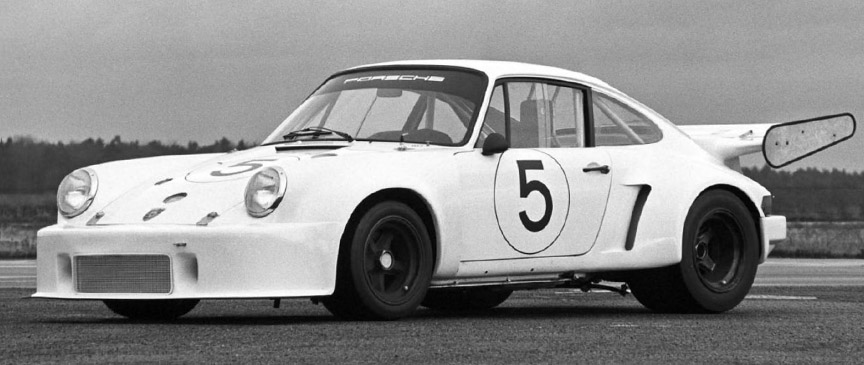
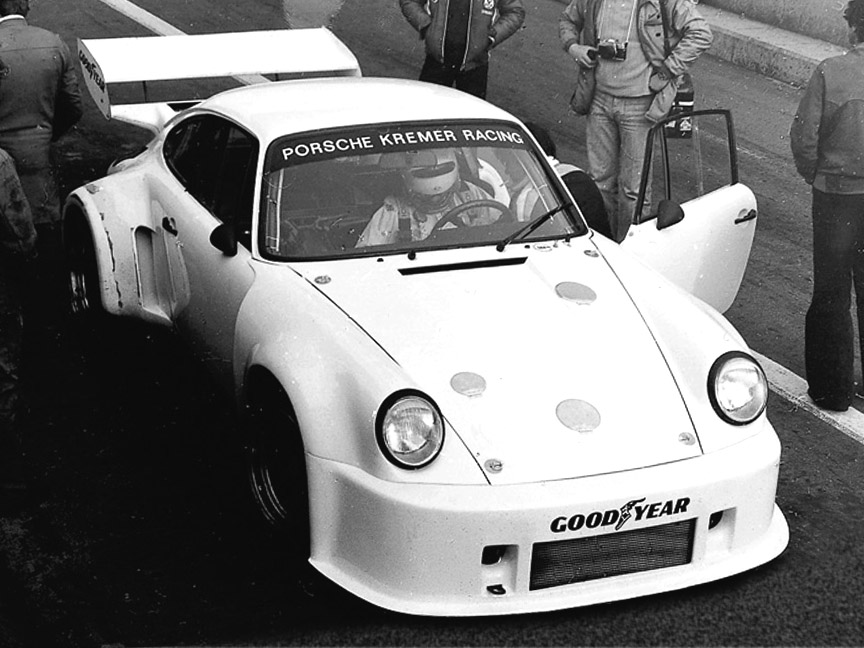
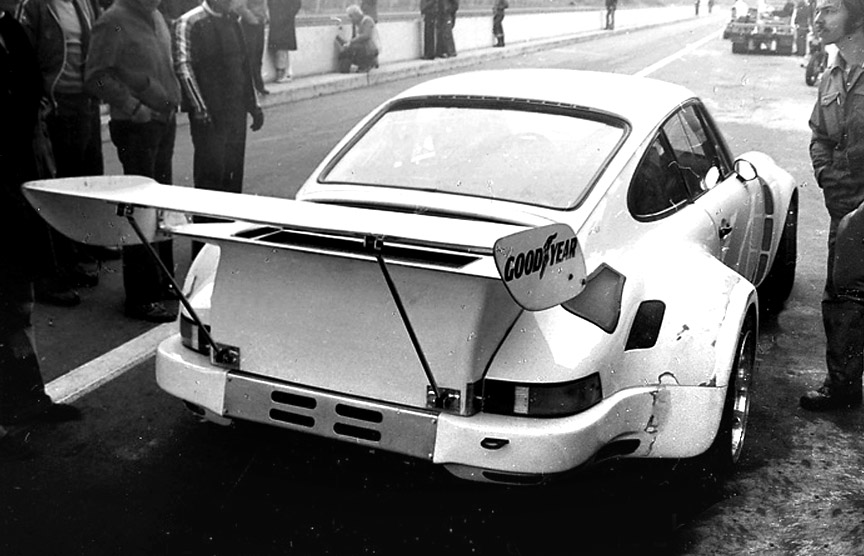
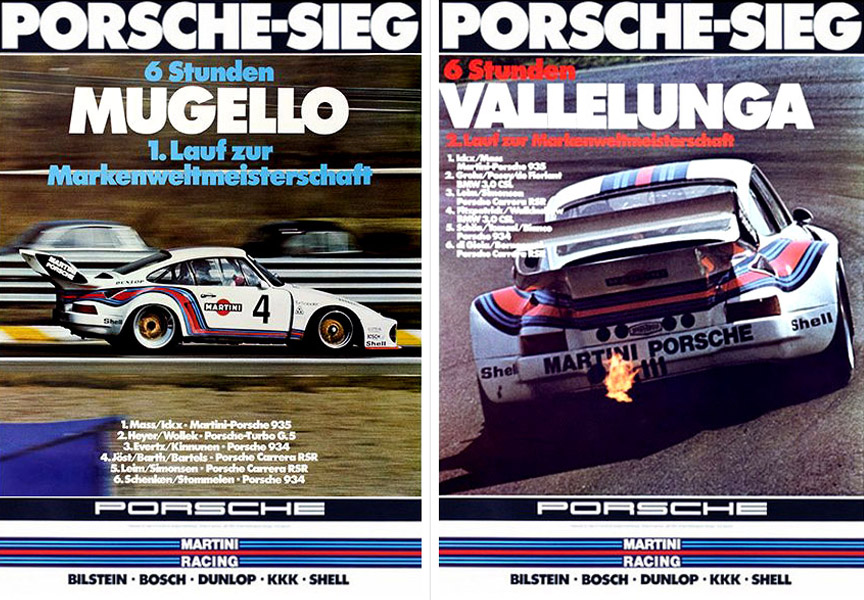
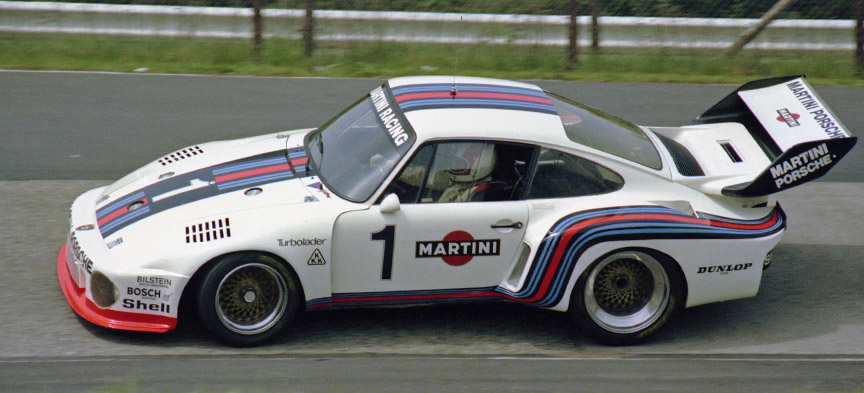
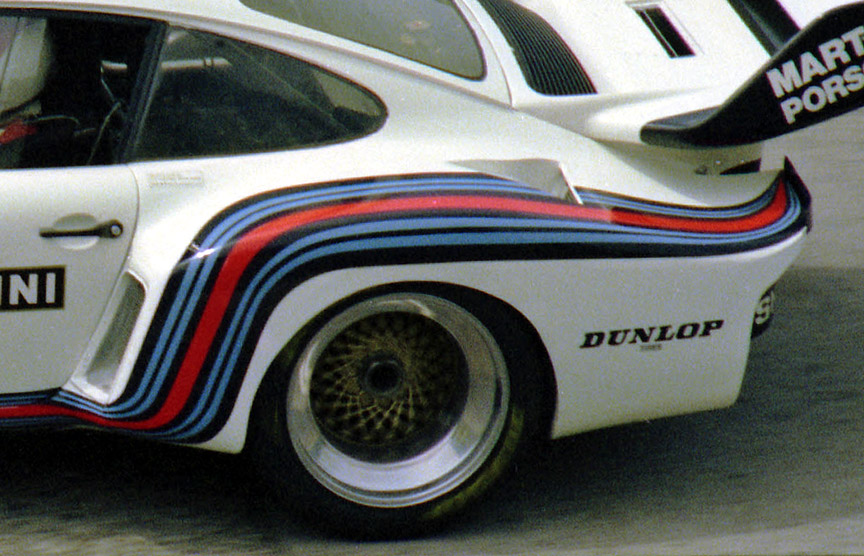
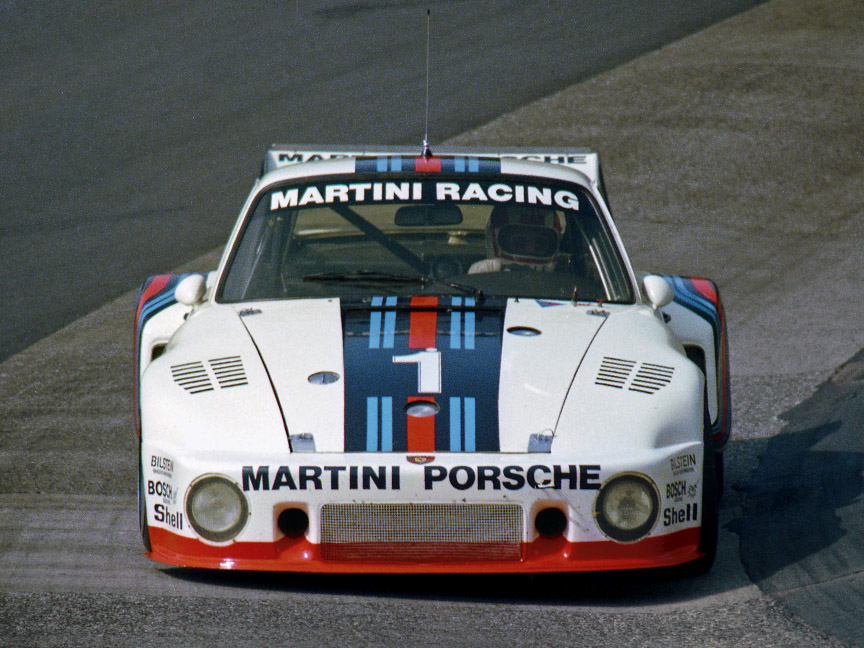
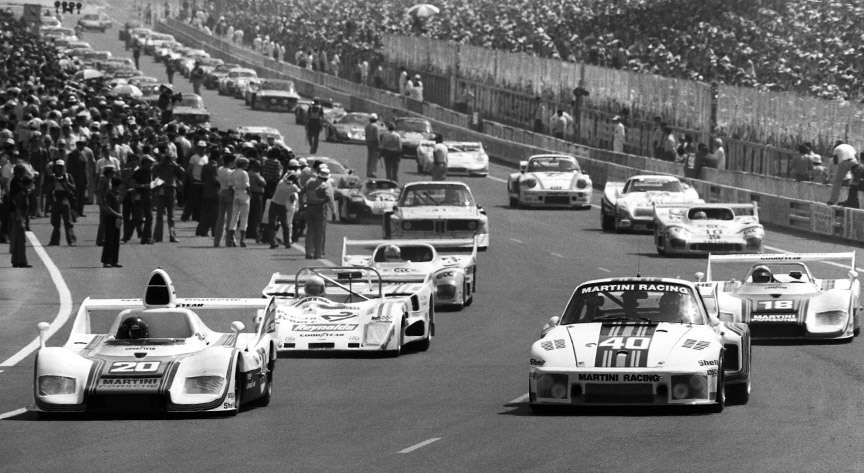
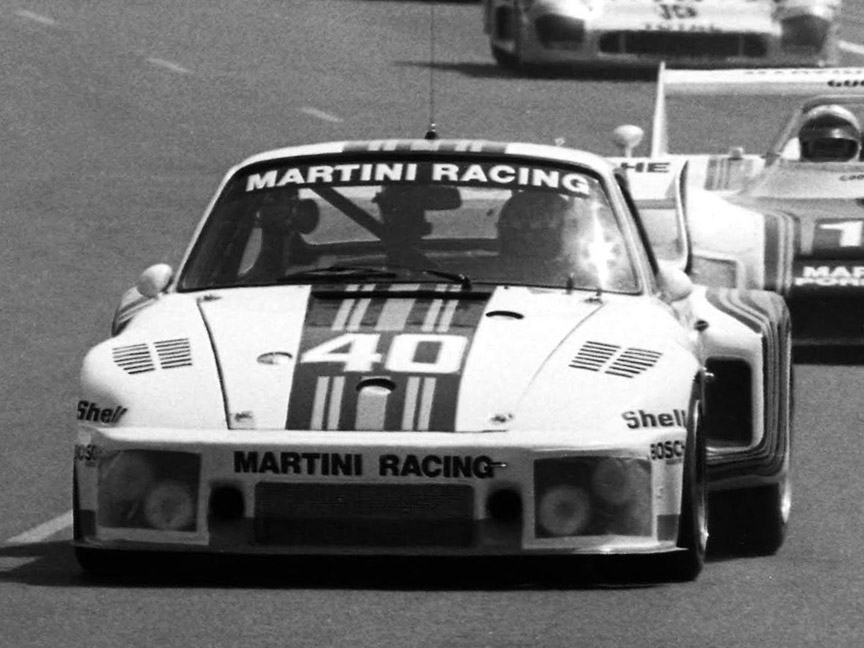
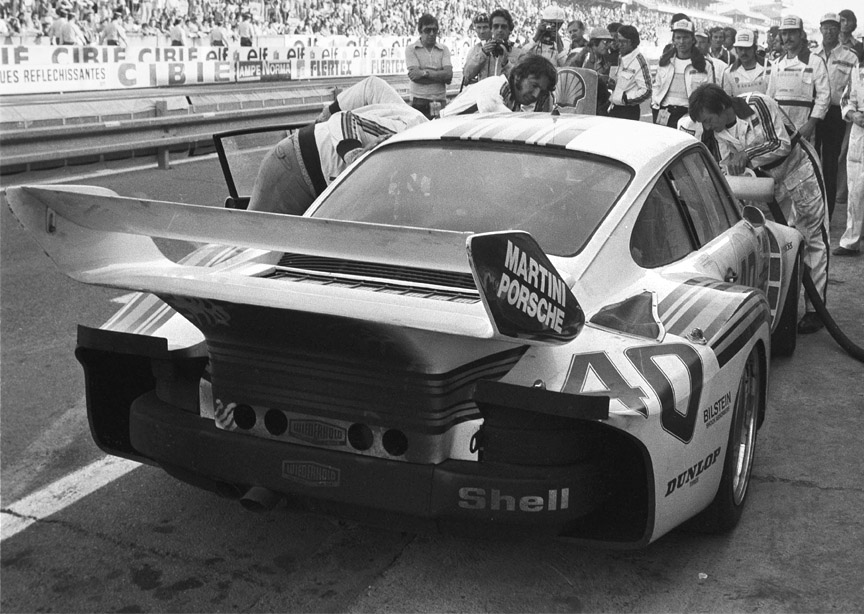
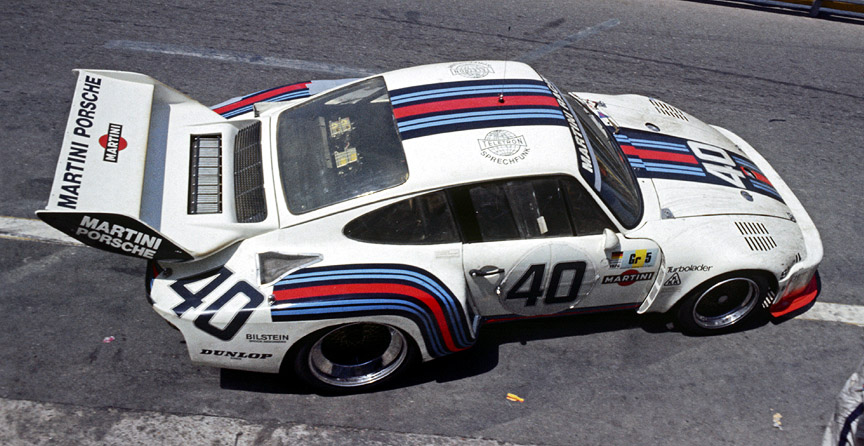
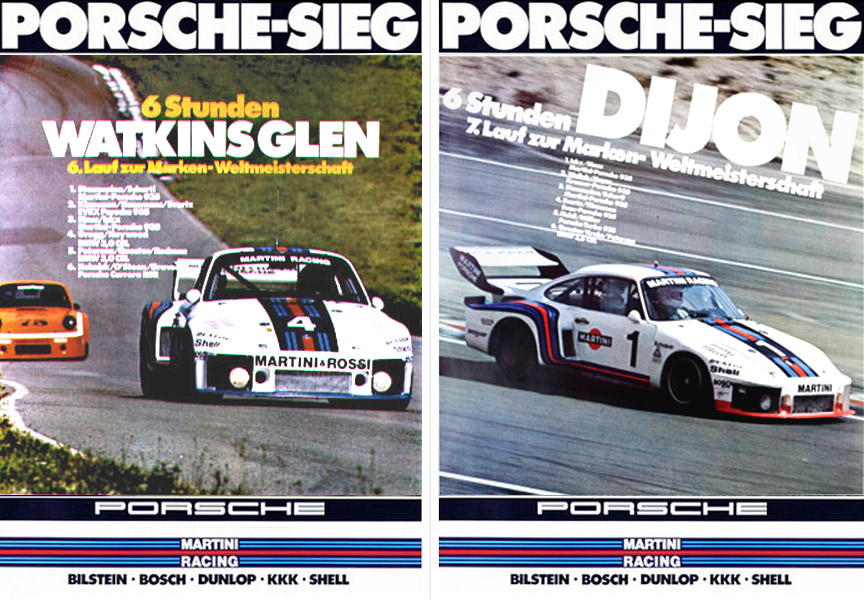
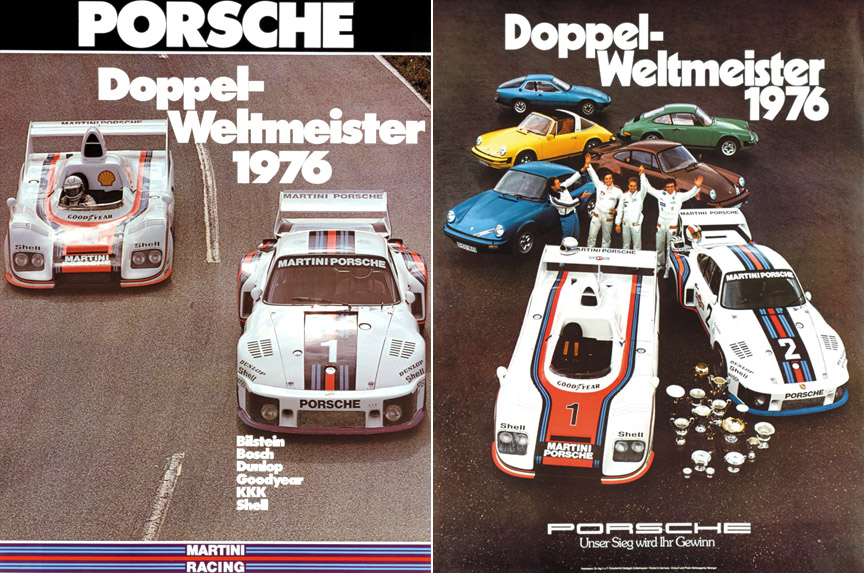
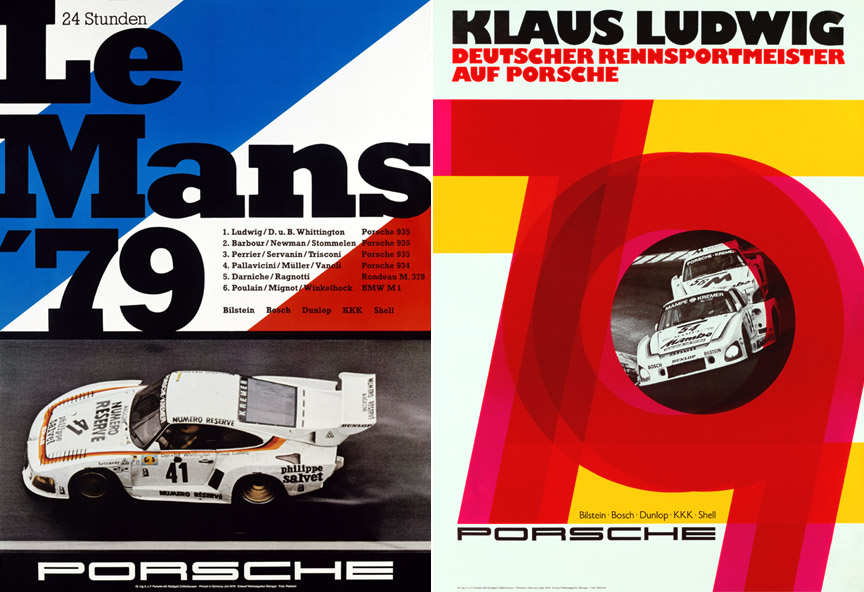
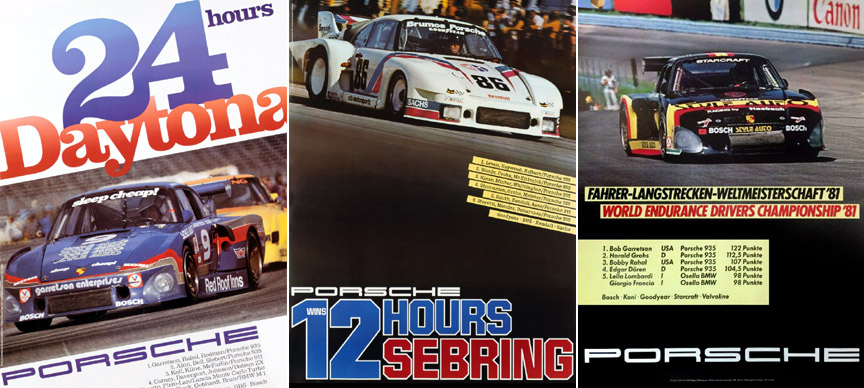
Special Mention – The Porsche 935 Straßenversion
In February 1983, Mansour Ojjeh, the director of TAG (Techniques d’Avant Garde) approached Porsche with a wish: in addition to the Formula 1 engine for McLaren, he wanted to order a street legal 935 with luxury interior! Rolf Sprenger, the manager of Porsche customer special wishes department, tried to fulfill Ojjeh’s 935 dream as much as possible. In order to build a street legal car, it had to be based on the 911 Turbo.
The originally 300 PS (221 kW) engine was officially equipped with the 330 PS (243 kW) homologated factory powerkit and as the deviation could not be more than 5% by regulations, this meant more than 330×1.05=346 PS would be illegal for street use. Therefore, Sprenger said to journalists that the car has “almost 350 PS”. In reality, the measured power was 409 PS (308 kW, 403 SAE hp) and 540 Nm (397 lb-ft). The car could do 0-100 km/h in 4.9 seconds and 200 km/h in 16.1 seconds, with the top speed reaching 292 km/h (181 mph).
The suspension and brakes were taken from the 934, but as racing cars do not have the handbrake that is mandatory for a street car, a special parking brake construction was made with small Brembo calipers. Read more about the Porsche 935 Straßenversion.


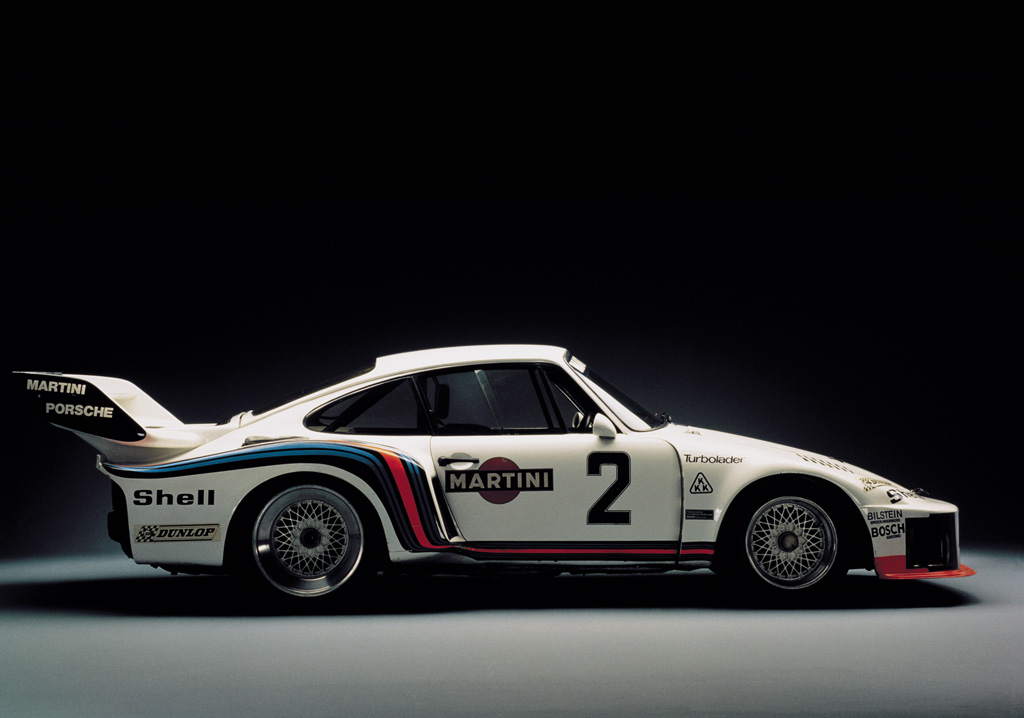
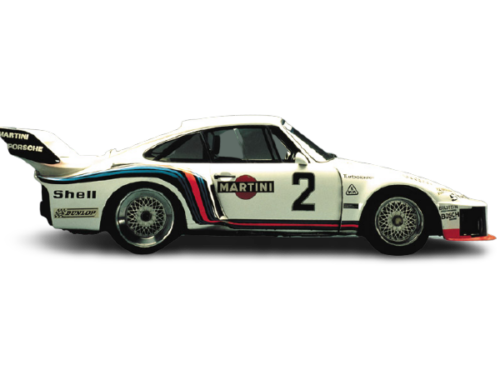
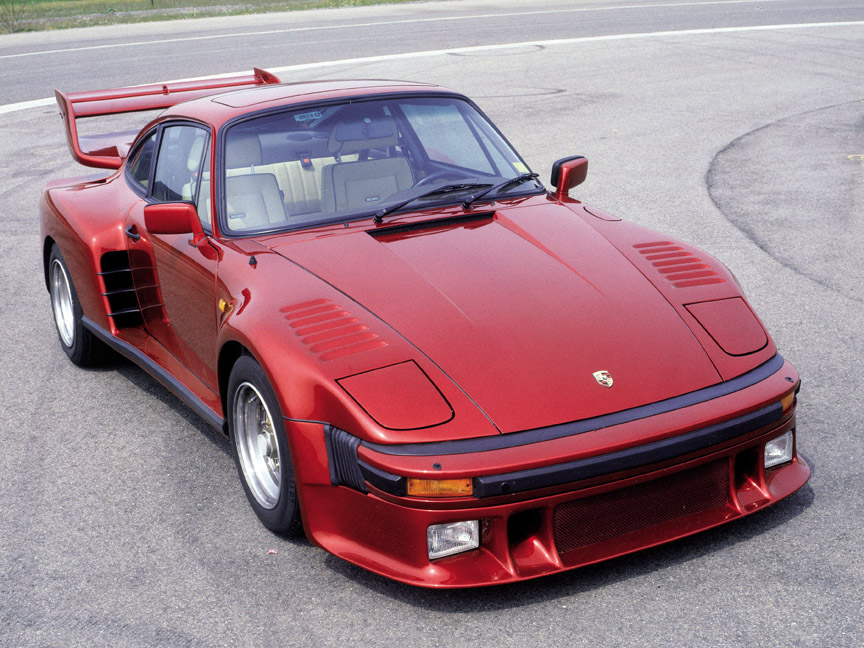









Главные новости мира https://ua-vestnik.com и страны: политика, экономика, спорт, культура, технологии. Оперативная информация, аналитика и эксклюзивные материалы для тех, кто следит за событиями в реальном времени.
0